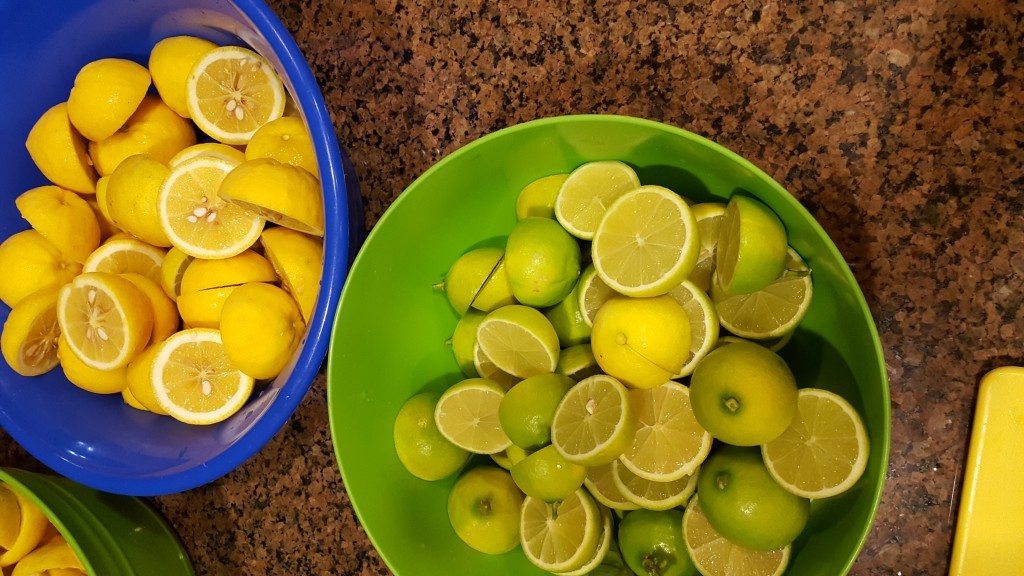Mycorrhiza In Citrus: What Causes Uneven Growth Of Citrus Fruit


Usually, "fungus" is a bad word when it comes to gardening. There are, however, some fungi that help plants and should be encouraged. One such fungus is called mycorrhiza. Mycorrhizal fungi have a special symbiotic relationship with citrus plants that is more or less essential for citrus growth. Due to the positive mycorrhizal fungi effects on citrus, a lack or uneven spread of fungus can lead to unhealthy or lackluster trees and fruit. Keep reading to learn more about mycorrhiza in citrus and mycorrhizal fungi fertilizer.
Uneven Growth of Citrus Fruit
Mycorrhizal fungi grow in the soil and attach themselves to tree roots, where they thrive and spread. Citrus trees have especially short roots and root hairs, meaning they have less surface area for taking in water and nutrients. Mycorrhiza in citrus roots helps to bring in extra water and nutrients that the roots can’t manage on their own, making for a healthier tree. Unfortunately, a single mycorrhiza spore on your tree’s roots is not enough to make a difference. The fungus has to be directly attached to a root in order for its benefits to take place. It is because of this, fungus growing on just one section of roots may result in uneven growth of citrus fruit, with the fruit on some branches bigger, healthier, and brighter (differing color) than on other branches of the same tree.
Mycorrhizal Fungi Effects on Citrus
If you notice an uneven growth of citrus fruit, it may be caused by an uneven spread of mycorrhizal fungi on the roots. If this is the case, or if your citrus tree just seems to be failing, you should apply mycorrhizal fungi fertilizer to the soil. This fertilizer is an inoculum, a small collection of spores that attach to the roots and grow into the beneficial fungus. Apply a lot of inoculums to many sites-- they will grow and spread, but slowly. If you get good coverage to begin with, your plant should perk up more quickly.
Sign up for the Gardening Know How newsletter today and receive a free copy of our e-book "How to Grow Delicious Tomatoes".

The only child of a horticulturist and an English teacher, Liz Baessler was destined to become a gardening editor. She has been with Gardening Know how since 2015, and a Senior Editor since 2020. She holds a BA in English from Brandeis University and an MA in English from the University of Geneva, Switzerland. After years of gardening in containers and community garden plots, she finally has a backyard of her own, which she is systematically filling with vegetables and flowers.